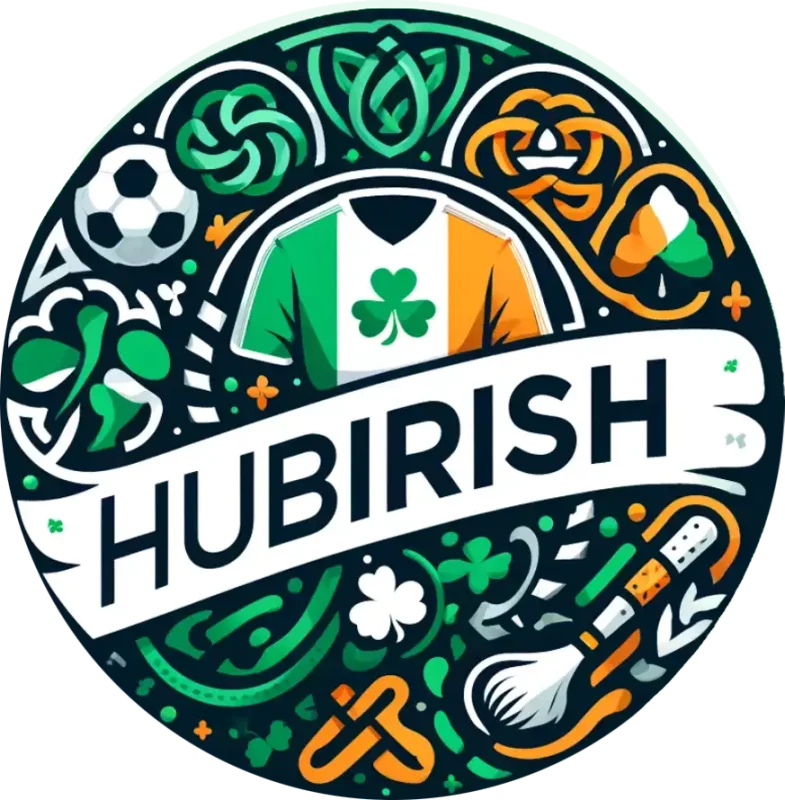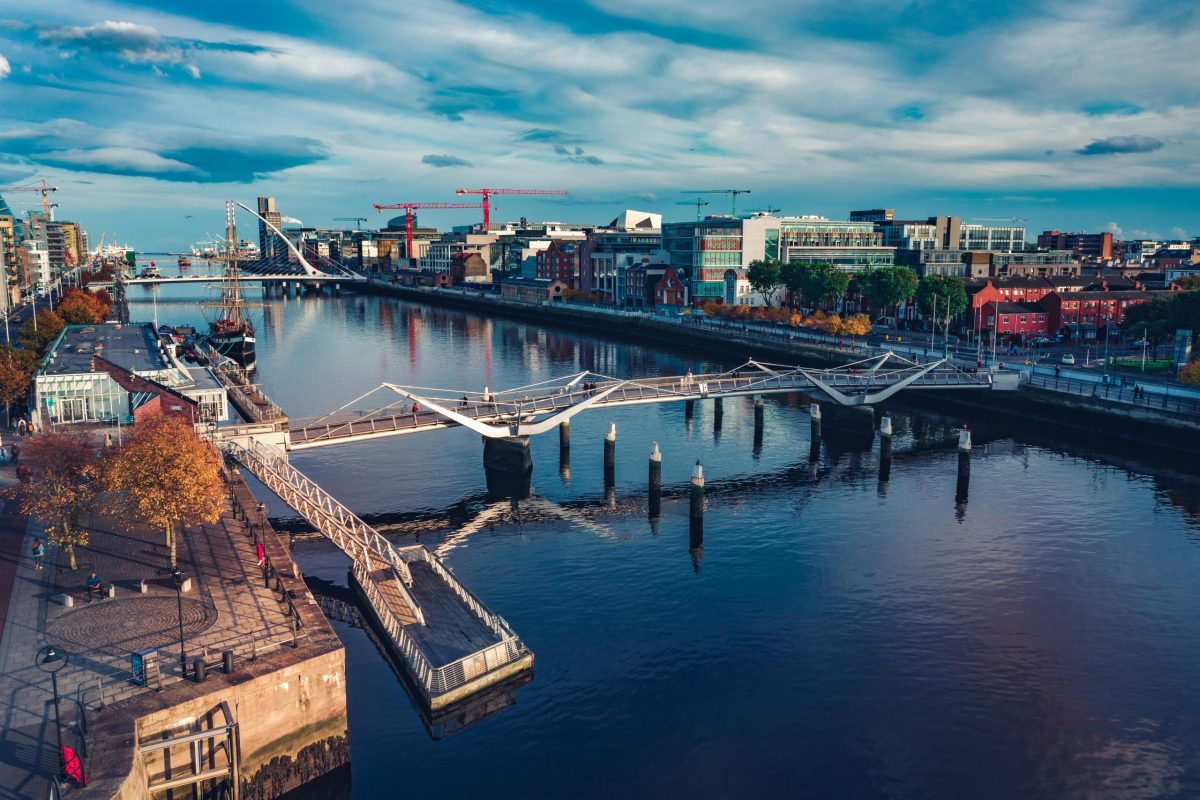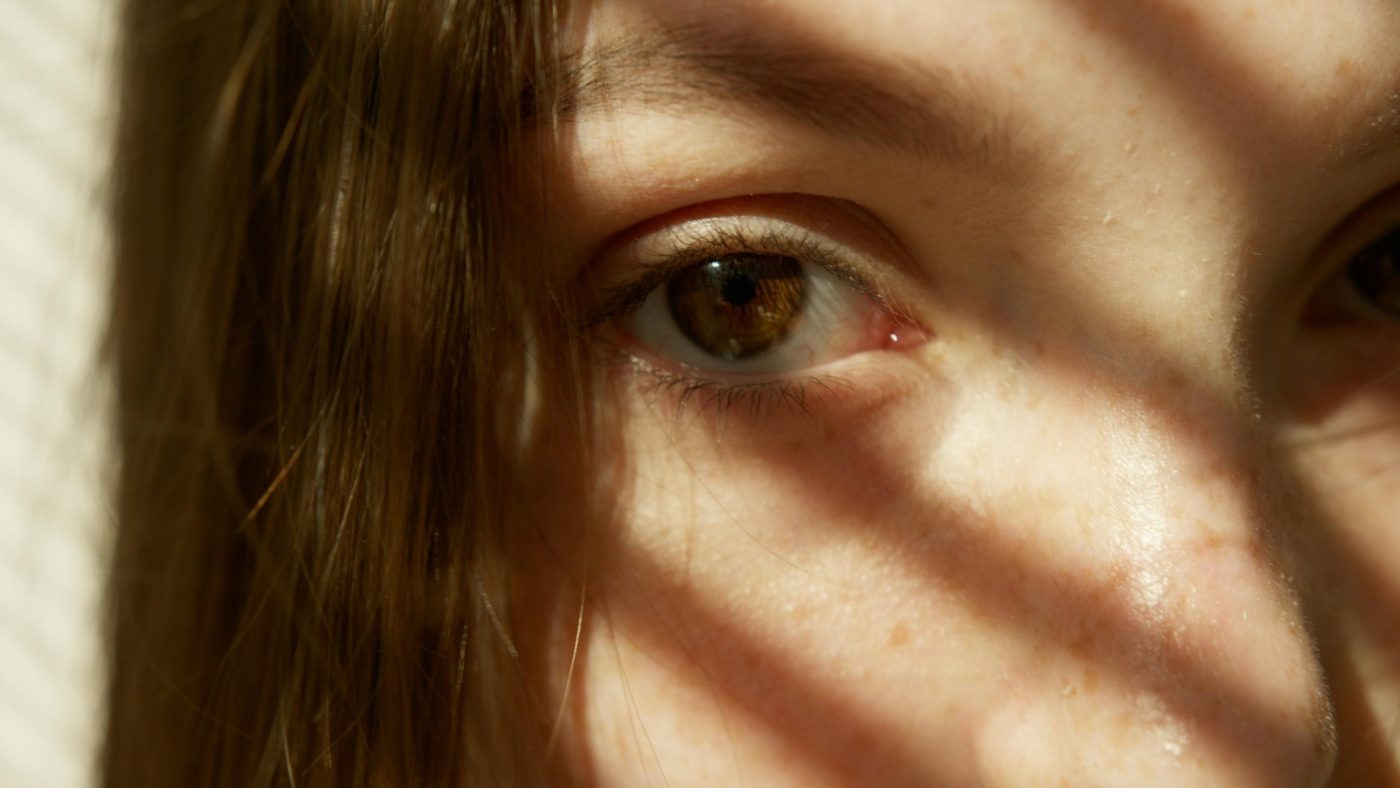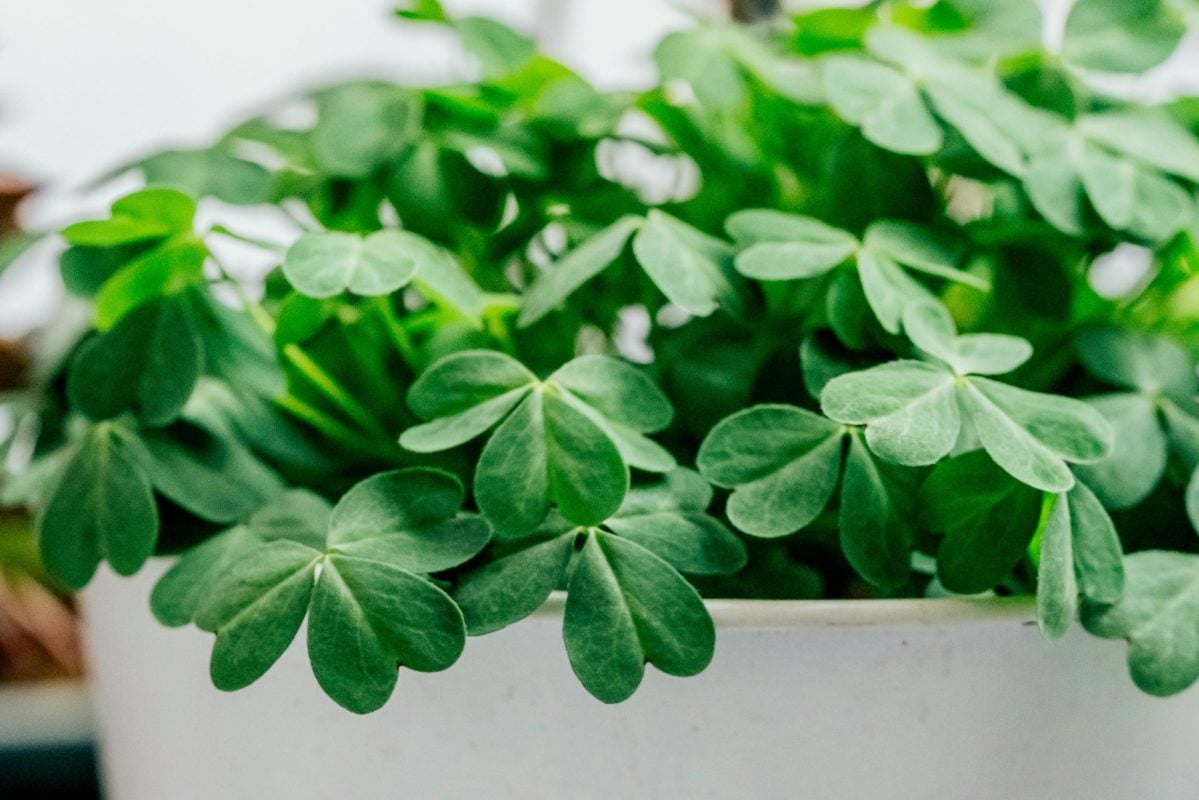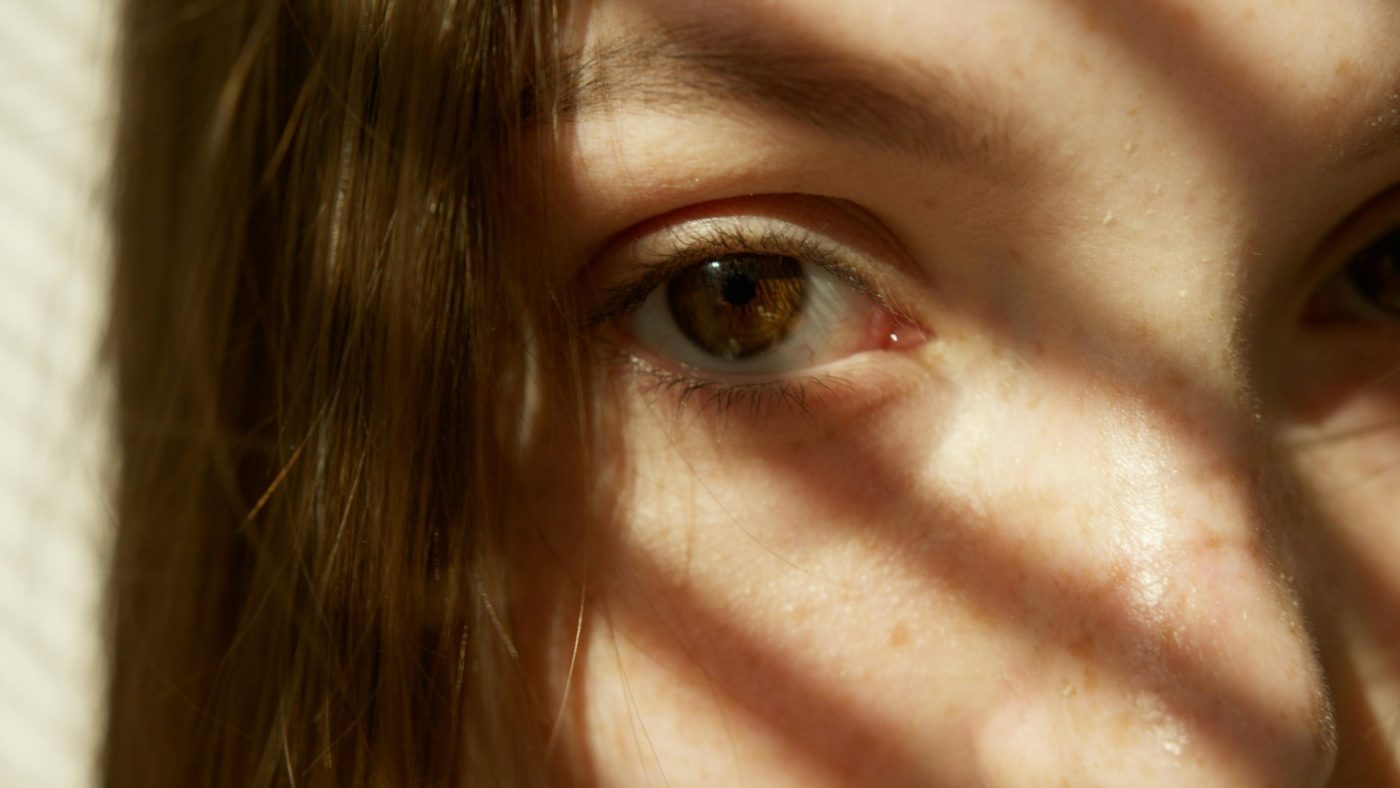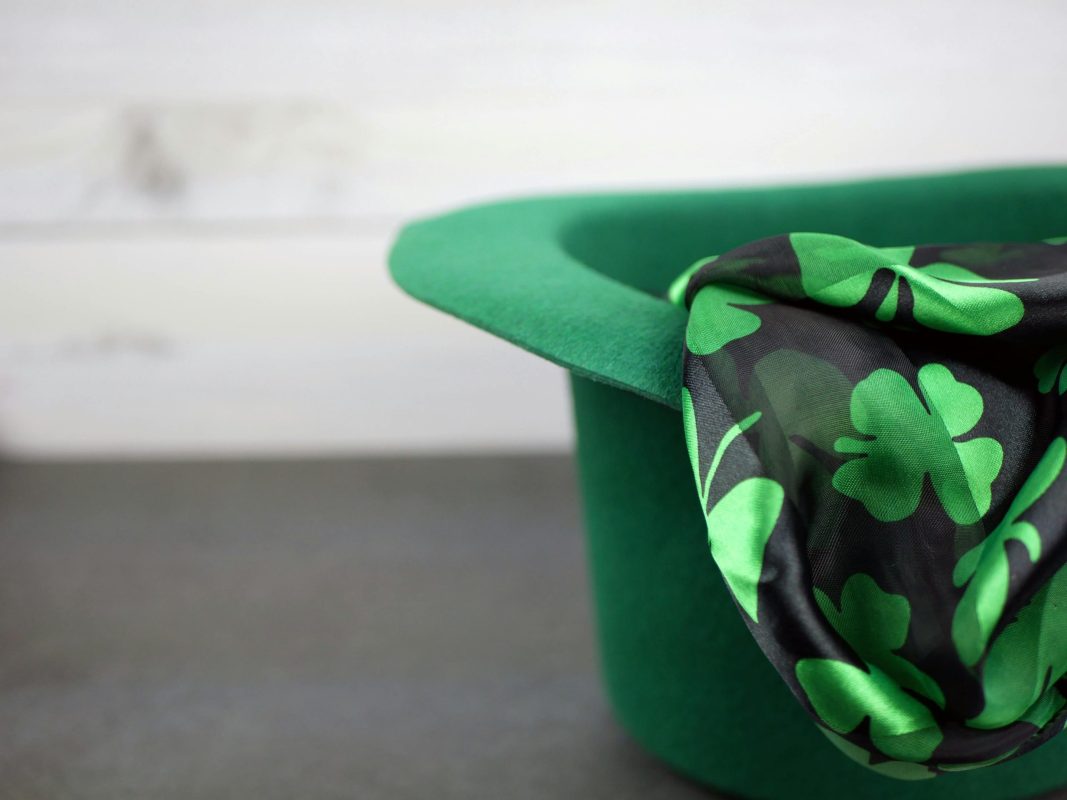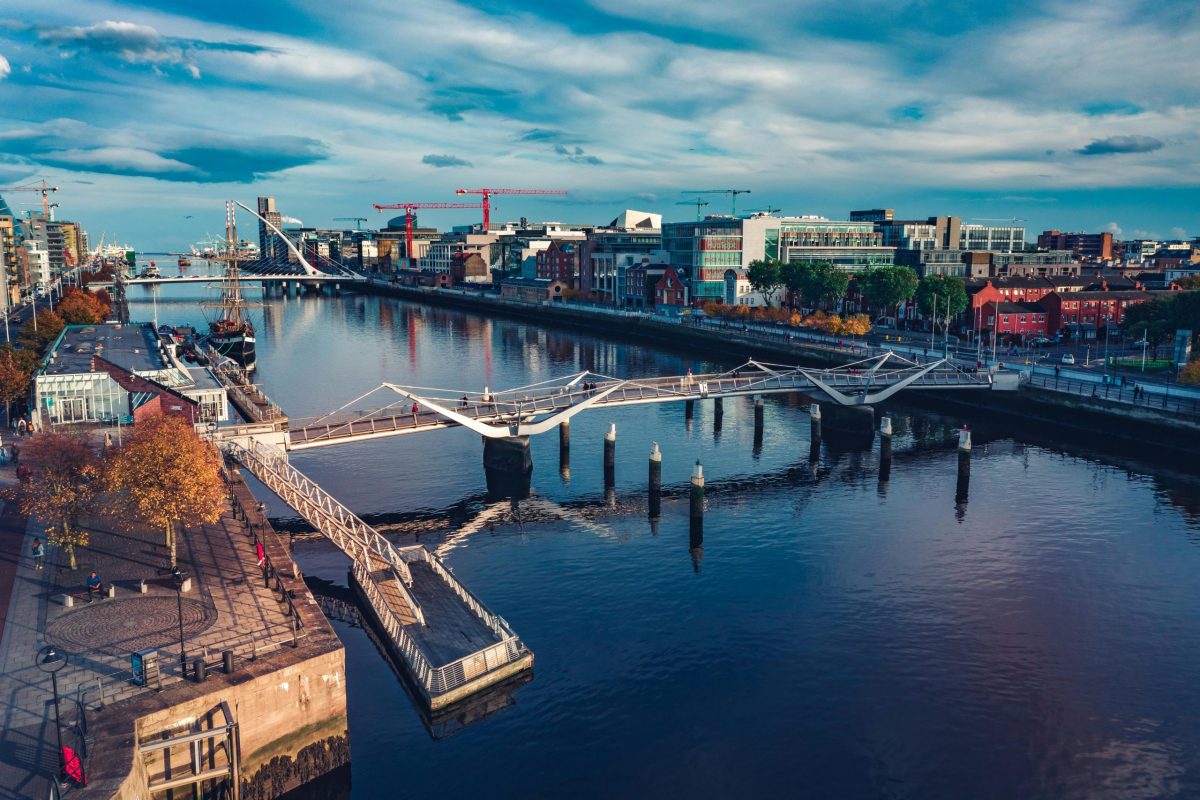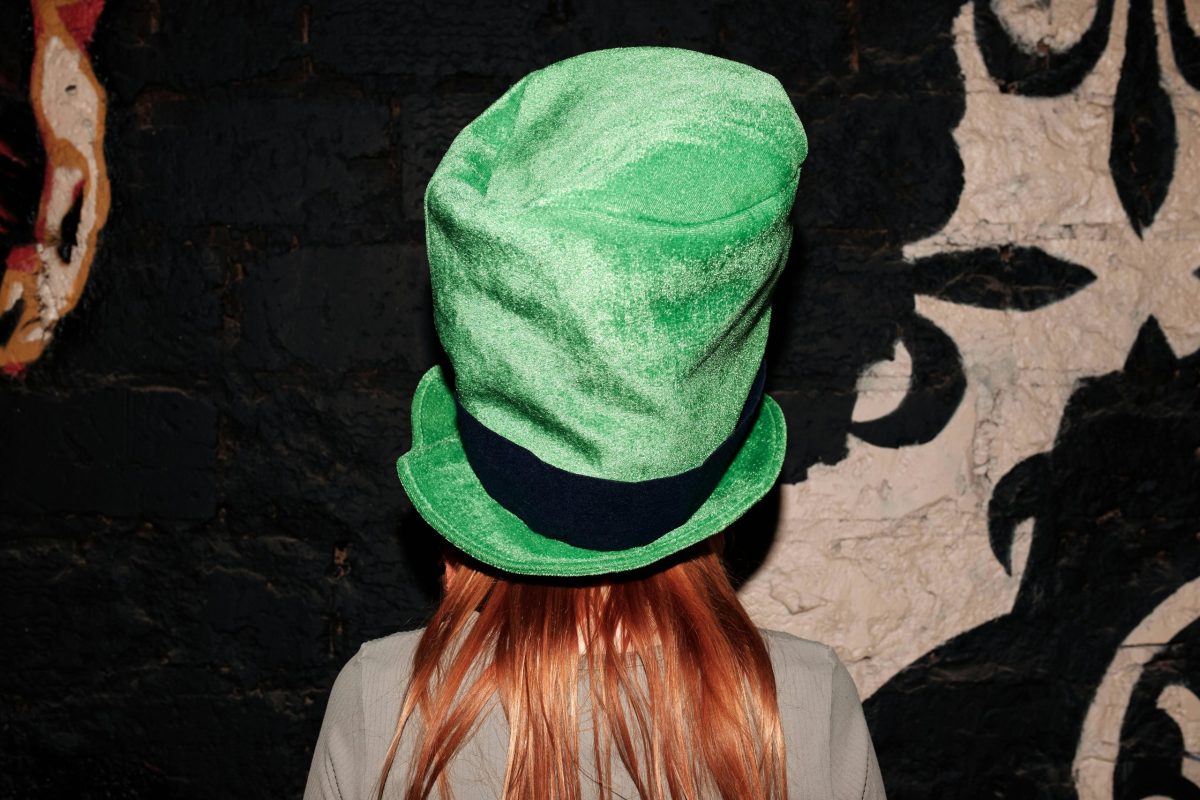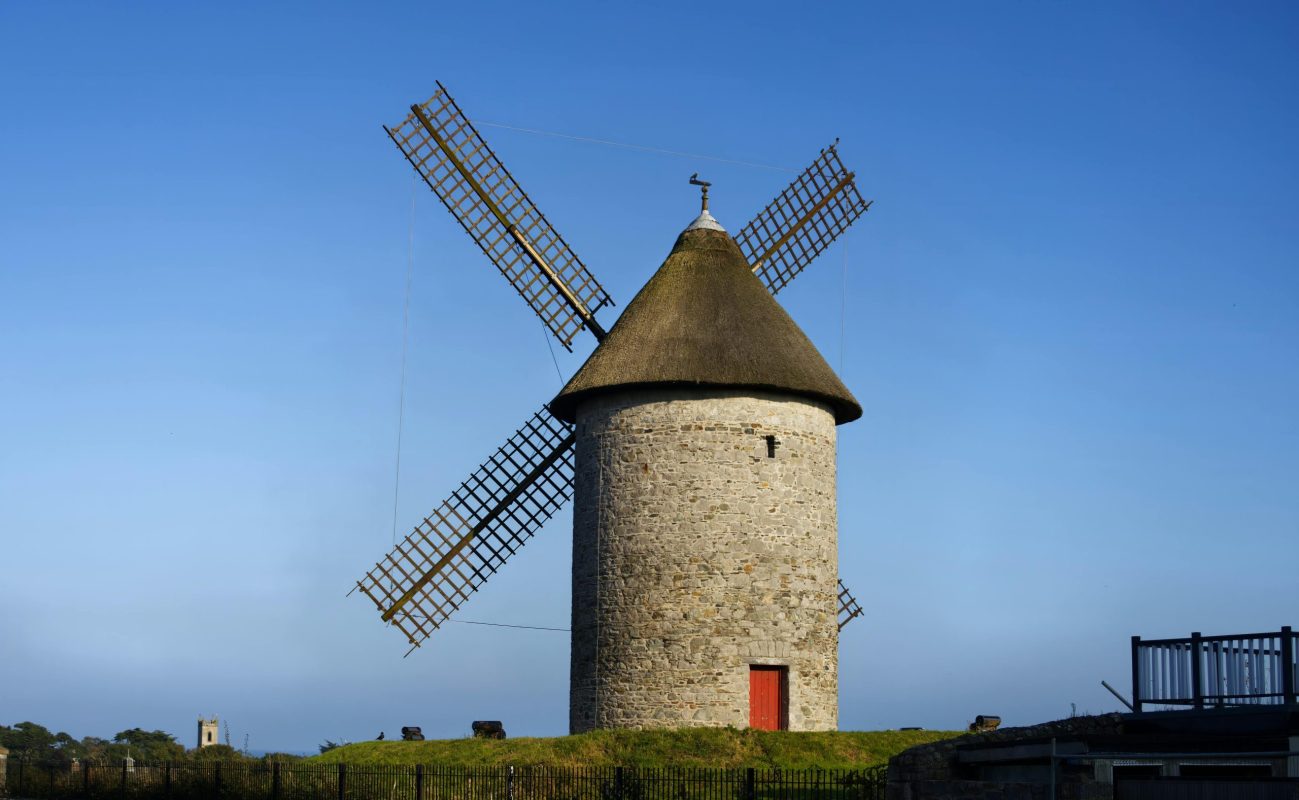From Famine to Fame: How an Irish Potato Farmer Became a Hollywood Star Against All Odds
Estimated reading time: 6 minutes
Key Takeaways
- The story of Liam represents the resilience of those who emigrated during the Great Famine.
- The journey of Irish emigrants is a shared narrative that connects communities globally.
- Modern immigrant stories are often reflections of past struggles and dreams.
Table of Contents
Introduction
The Heart of the Story
The Wider Echo
The Now & The Next
Did You Know?
FAQs
Final Word
Introduction
Gather ’round, folks, and let me spin you a tale of courage and grit — a story soaked in the spirit of our ancestors, those who faced famine and heartache, but forged ahead, ploughing through each hurdle like an Irish farmer determined to harvest hope from barren soil. Picture it now: a humble potato farmer from County Tipperary, a mere stone’s throw from the echoes of our tumultuous history, where every ridge and furrow whispers the struggles of a past steeped in sorrow. Yet, that very soil would sprout something unforeseen. From the dust of his ancestors emerged a dreamer, driven to rise against the odds. Let’s see how he did it.
The Heart of the Story
In the heart of Tipperary, where the rolling fields cradle the sun and the scent of fresh earth mingles with the rugged spirit of its people, our farmer, let’s call him Liam, weathered the storms of the Great Famine. With fields stripped bare, his family faced the hunger that gnawed at their bellies more fiercely than any famine month ever could. But in every potato that stubbornly sprouted, Liam felt a flicker of resilience. When he first glimpsed the flickering lights of Dublin, broadening his sights beyond the lanes of his hometown, he knew his heart was tangled with a different kind of dream — a dream of the silver screen. From the muck and mire, he dared to dream of Hollywood.
The Wider Echo
Liam’s journey intertwines with the fabric of our Irish diaspora, thousands scattering across the globe, yearning for a glimpse of fortune. If you’ve ever raised a pint in a Boston bar, murmured a rebel song besieged by long-standing sorrows, or clapped along to a Céilí in a crowded hall in Brooklyn, you know this feeling. The struggles, the triumphs, it’s what binds us, transcending time and distance. But a wave of hope surged when Liam packed his bags and set sail, choosing to face a future as bright as the morning sun cresting over the Cliffs of Moher.
The Now & The Next
Today, we see that same spirit in the immigrant communities thriving abroad, be it in the bustling streets of New York or the sun-kissed shores of Dubai. Just like Liam, they laugh, they cry, and they wrestle with the weight of longing and belonging. Schools filled with Kerry jerseys, kids chasing dreams bigger than themselves; every half-time talk, every late-night session infused with dreams that mirror Liam’s journey. It’s not just about who we are but where we come from — the blood, sweat, and tears of those potatoes connect us all. So raise your glasses high to the starry-eyed dreamers, who transform pain into artistry, and grit into glory!
Did You Know?
- The Great Famine (1845-1852) led to the emigration of nearly 1 million Irish people, many of whom found a new home in America, forever changing the cultural landscape.
- Irish emigrants have left an indelible mark on Hollywood; stars like Maureen O’Hara and Pierce Brosnan are testament to our fair isle’s influence on the silver screen.
FAQs
How did the Irish Potato Famine impact emigration?
The famine spurred mass emigration from Ireland, with families fleeing in search of a better life. Many ended up in America, where their stories intertwine with the country’s history. For a glimpse into our rich history, visit the Donegal section.
What does it mean to be an Irish star in Hollywood?
It means blending the old with the new, taking the tales of our forebears and reshaping them for a global audience while celebrating the rugged, heartfelt parts of our identity — just like Liam!
Final Word
So there you have it, a tale of resilience rising from the shadows of hunger to dance on the bright lights of stardom. Let us not forget the lessons learned from those who tilled the land and dared to dream — whether you’re at a pub in Kilkenny or a bustling café in Toronto, carry their spirit with you. If you carry the same pride we do, you’ll find a piece of home waiting at
HubIrish.com.
